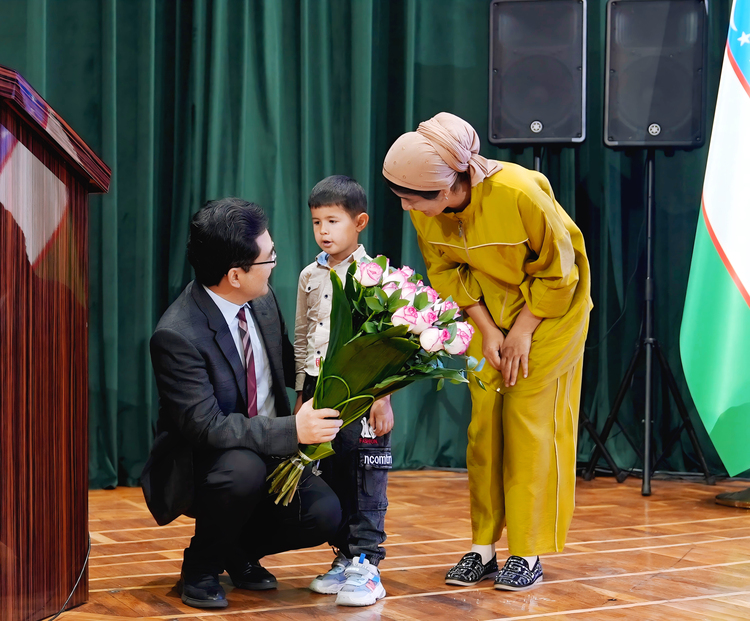Chinese ultrasound-guided therapy enhances global cardiaovascular care capacity


BEIJING - During a medical mission to Uzbekistan earlier this month, Chinese cardiovascular specialist Pan Xiangbin experienced a heartwarming reunion with a former patient: a mother, who had been diagnosed with rheumatic heart disease when pregnant seven years ago, accompanied by her son.
"The results of my heart re-examination have been good. I could not have imagined the operation would have such a lasting effect," said Malika (pseudonym), who had received a minimally invasive procedure led by Pan in 2018. Her lively boy presented the Chinese medical team with a bouquet in a sign of sincere thanks.
Pan, vice president and professor of the Beijing-based Fuwai Hospital, Chinese Academy of Medical Sciences, explained Malika's case:
Conventional open-heart surgery could put her at risk of severe trauma and necessitate a longer recovery time, as well as endanger her unborn child. X-ray guided interventional procedures would have also been risky, and potentially led to malformations and developmental disorders of the fetus. Yet, delaying treatment during pregnancy could have triggered Malika's fatal heart failure.
Thanks to Percutaneous and Non-Fluoroscopic Procedure pioneered and developed by Pan, both mom and kid were saved. The technology relies on ultrasound imaging and real-time guidance rather than traditional fluoroscopy, handles cardiovascular diseases (CVDs) through the peripheral blood vessels without requiring open-heart surgery, and protects both patients and medical workers from radiation exposure.
"The kid told me he has a nickname 'China boy.' I am glad that he grew up sturdy," said Pan. "We are not only proud of our contribution to medical cooperation, but also to people-to-people ties across the globe."
Pan's team has performed the procedure in more than 30 countries, including France, Britain, Russia, Tanzania and Uzbekistan, mentored over 1,000 doctors worldwide, and restored health to over 200,000 patients.

































